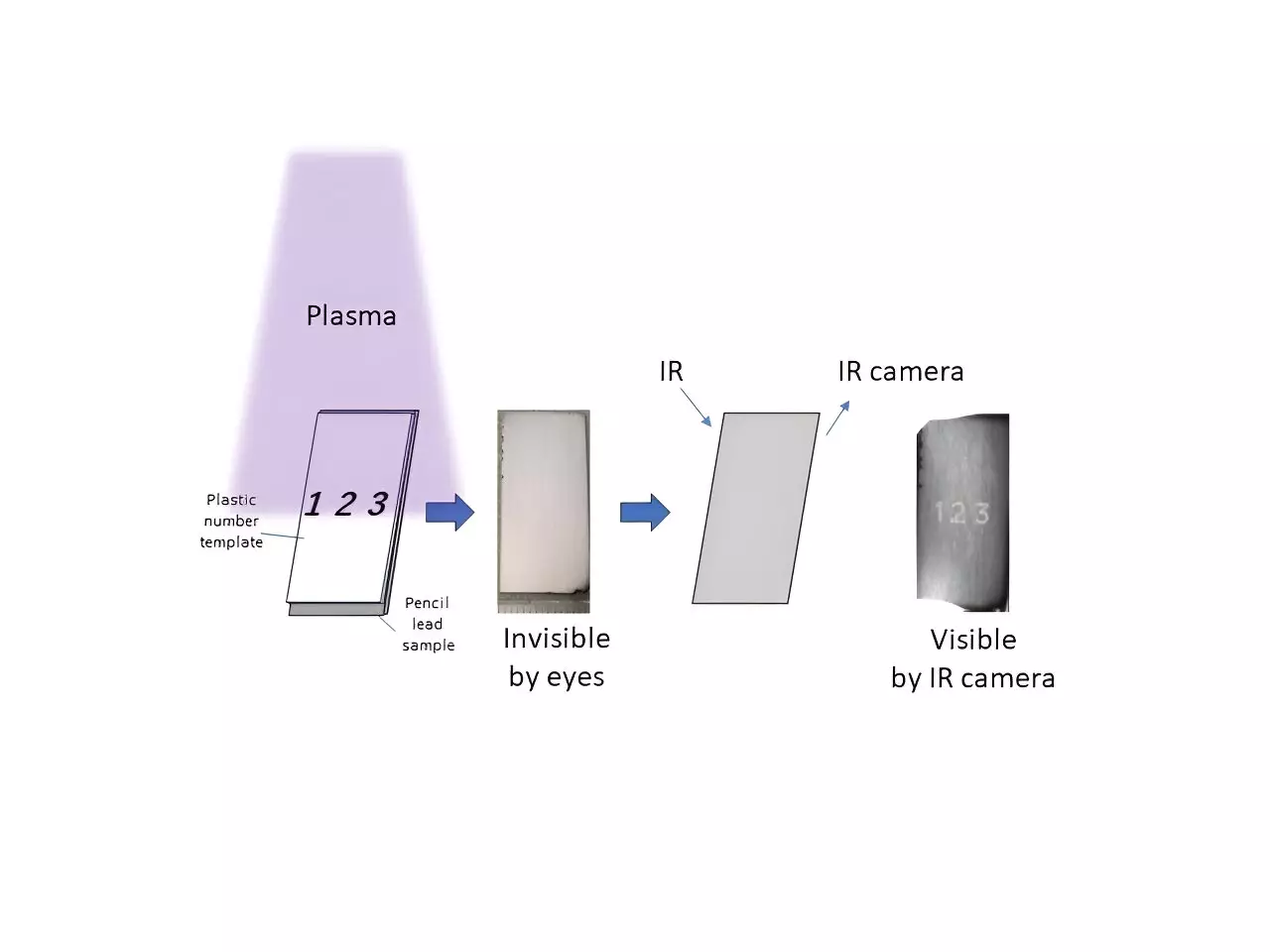Optical materials play a crucial role in modern technology, from industrial applications to consumer electronics and medical treatments. Their ability to manipulate light is a gateway to innovations that enhance communication and diagnosis processes. However, the production of these materials often comes with substantial costs and complex manufacturing processes. Researchers are continually seeking solutions to streamline the development of more affordable and efficient optical materials. A notable breakthrough in this area has been introduced by Japanese researchers who have turned to an unassuming medium—pencil lead—as a plausible optical material, enabling exciting new applications.
Challenges in Optical Material Production
The production of optical materials has been historically hindered by economic and environmental concerns. Many optical materials rely on rare-earth elements, which are not only costly but also raise sustainability issues regarding their extraction and long-term usage. Additionally, the manufacturing processes require stringent quality control measures to meet the specifications needed for various applications, such as Organic Light-Emitting Diodes (OLEDs), telecommunications, and even cancer treatment methods. These factors contribute to the scarcity of affordable optical materials, pushing scientific communities to investigate alternative, more sustainable solutions.
The Pinnacle of Innovation: Pencil Lead
In a promising avenue of research, scientists at Shinshu University, led by Professor Hiroshi Moriwaki and Associate Professor Shouhei Koyama, have turned their attention to pencil lead. This commonplace substance was recognized for its availability and potential to be transformed into optical material. In their study published in “Optical Materials,” the researchers demonstrated a novel approach by employing plasma technology to modify the surface of pencil lead. The applicability of pencil lead in optics stems from the dual components of clay and graphite, with the former playing an essential role in creating structural colors via thin-layer interference.
The researchers employed plasma—an ionized gaseous state in which the atoms are energized—to treat pencil lead. By controlling the exposure time to the plasma, they were able to manipulate the reflection properties of pencil lead samples. Their innovative technique involved varying the duration of plasma etching, ranging from short bursts of ten seconds to longer exposures of over three minutes. This method effectively removed graphite particles from the surface, revealing the underlying clay layer, which serves as a thin film that alters how light is interacted with.
Through their experiments, the researchers meticulously analyzed the reflectance spectra of the treated samples, drawing correlations between plasma exposure and the changes in light reflection across different wavelengths. Their findings signified that longer etching times led to enhanced optical properties, even extending into the near-infrared and mid-infrared spectra—regions that are often overlooked yet crucial for applications like imaging and sensors.
A notable demonstration of this technology was the etching of symbols on pencil lead that are only visible under infrared light. This application could pave the way for innovative printing solutions where security features include invisible characters. The implications for watermarking, anti-counterfeiting technologies, and advanced communication systems are vast. Importantly, the use of pencil lead makes this approach environmentally friendly, reducing reliance on hazardous materials while forging a sustainable path in the field of optics.
Furthermore, Professor Moriwaki emphasizes the aim behind this research: to promote the utilization of widely available materials to develop inexpensive optical solutions that could be utilized in everyday applications, such as printing. This vision aligns with the broader goals of advancing sustainable technologies that minimize environmental impact while fostering innovation.
Concluding Thoughts: A Bright Future for Optical Materials
The groundbreaking approach taken by the researchers at Shinshu University demonstrates that even the most straightforward materials can hold the key to innovation when utilized creatively. The transition of pencil lead into a versatile optical material not only signals a shift toward more affordable production methods but also aligns with the essential goals of sustainability in technology. As ongoing research unfolds, the potential applications of this discovery could redefine the optical materials landscape, sparking new ideas and promoting further exploration in the realm of accessible and eco-friendly technologies. The future of optics may very well be written in pencil.


Leave a Reply